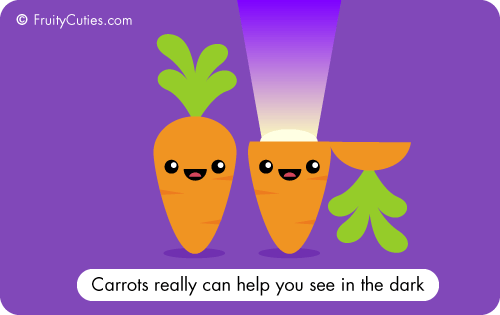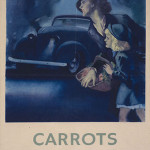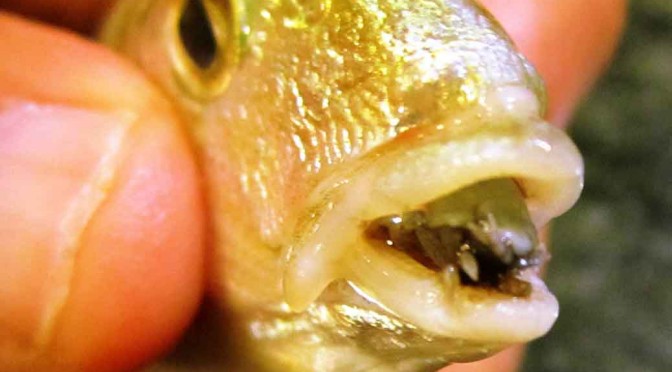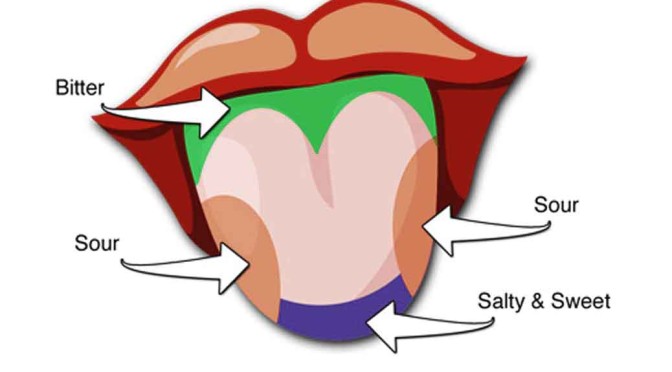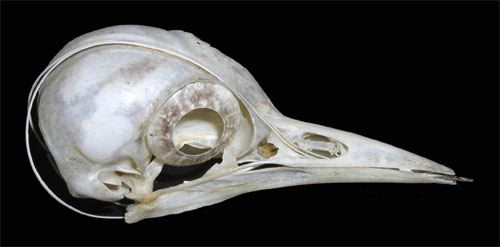By Anupum Pant
I’m always fascinated when I see one sense organ do the work of some other sense organ. Like breathing from your eyes ( not really) or seeing with your ears (really) listening to colours etc…
Solving The Technical Problem (Not available in your country): Today, I stumbled upon a video whose title was “Blind Learn To See With Tongue“. It was uploaded on YouTube by CBS – an American TV network. The sad part is that they had tweaked the videos settings which did not allow me to watch it. It wasn’t available in India.
Whenever someone says I can’t do something, I’m almost always prepared for it. This time, I had this extension installed on Chrome called ZenMate. It’s perfectly legal (available on chrome store) and works very smoothly. It allows you to surf the internet with total control. With it installed, you can totally forget about your physical location and fool the websites which place a location restriction for access, like Spotify and Youtube’s “not available in your location” videos. I haven’t tried other things but it should allow Indians to access stuff from websites like Hulu, Pandora and Netflix. (Even if it may seem out of place, I wasn’t paid by ZenMate to write this. I really recommend it.)
The Customary David Eagleman talk
Now, whenever I come across something that has to do with seeing things with an organ that is not really meant for seeing, I remember this very-old TED talk by David Eagleman. And I like to attach it to my blog because I can’t really explain this amazing ability of the Human brain as well as he does. He basically segues his talk to discuss how brain can learn to interpret various kinds of signals to produce an image. So, here it goes. Watch it and read on…
Since it is clear that seeing is the ability of the brain, not eyes, we can comfortably move on to see how you could even see with your tongue – Tasting the light.
Seeing with the Tongue
A device called BrainPort can help you do that. The contraption consists of a camera that sits on your forehead and sends information to a small computer. The information is processed, converted into electrical pulses, and then sent to an array of electrodes touching your tongue. The brain processes these signals and converts them into an image.
At first, of course the brain doesn’t know the trick to process visual signal from the tongue, but it learns. Gradually the device becomes a part of your body and you start seeing with your tongue! Just like Neil Harbisson can listen to colour. In fact, he can see more colours than our eyes can see because the technology allows him. He can see infrared and ultraviolet too!
Listening to Colour – TED talk
Hit like if you learnt something from this article.



